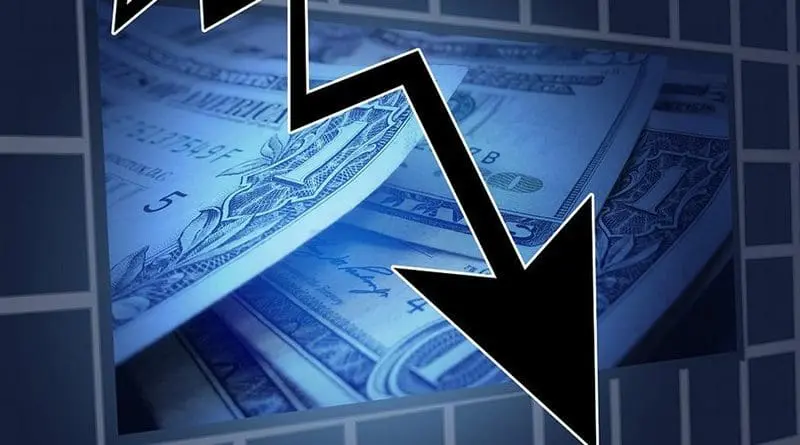The Fed Should Not Allow Itself To Get Bullied Into Bringing On A Recession – OpEd
By Dean Baker
There is a loud and growing chorus demanding that the Fed follow a path of aggressive rate hikes, which will inevitably lead to higher unemployment and likely a recession. The rationale is that inflation is far higher than the Fed’s 2.0 percent target. The argument is that much higher rates of unemployment are needed to bring the inflation rate back in line with this target.
There are several points that this analysis misses. Most obviously, much of the inflation we have been seeing comes from food and energy, not the core. The sharp price increases in these areas have been partially reversed in the last couple of months.
There is good reason to expect these price declines to continue. For example, the price of December oil futures is less than $91 per barrel, and for April 2023, it is less than $86. There is a similar story with wheat and a number of other important commodities.
Core inflation has, of course, also been far higher than the Fed’s 2.0 percent target. But, here too, there is good reason to believe inflation is headed lower. Part of the story is that the supply chain issues that caused prices of many items to soar in the pandemic have now largely been resolved. Non-car inventories are more than 25 percent higher than before the pandemic. Major retailers have complained that they no longer have pricing power and are forced to have large mark-downs to move their inventory.
More importantly, wage growth has fallen sharply since the start of the year. Wage growth had been running at more than a 6.0 percent annual rate at the end of 2021. In the most recent data, the rate of wage growth has fallen to just over 4.0 percent. (The annualized rate for June alone is just 3.8 percent.) This recent rate of wage growth is not much higher than the 3.4 percent rate for 2019, when inflation was well below the Fed’s 2.0 percent target.
What is most striking about this slowing wage growth is that it is completely out of line with the predictions of standard macroeconomic models. Wage growth should not be slowing when the unemployment rate is below 4.0 percent. The fact that we are seeing a sharp slowing of wage growth, even when the unemployment rate is near its half-century low, indicates that the current post-pandemic situation does not fit the standard models.
Modest rate hikes going forward should be sufficient to bring the inflation rate back to acceptable levels. The Fed’s rate hikes have already taken the air out of an incipient housing bubble. Sales have fallen sharply, and realtors are reporting much higher inventories and a flood of price reductions. There is also evidence in private rental indexes that rental inflation has slowed and is even being reversed in some markets.
The proponents of taking a path of rapid rate hikes seem unconcerned about the harm caused by increases in the unemployment rate. Under Chair Powell, the Fed has made an explicit commitment to maintaining the highest possible level of employment, recognizing that low levels of unemployment disproportionately benefit the most disadvantaged groups in society.
The Fed should not allow itself to be bullied into abandoning this policy. It has shown that it is willing to take the necessary steps to prevent the sort of wage-price spiral we saw in the 1970s. With wage growth slowing sharply, this is not a current threat. The Fed should not pursue a policy that needlessly throws millions of people out of work.
This first appeared on Dean Baker’s Beat the Press blog.

